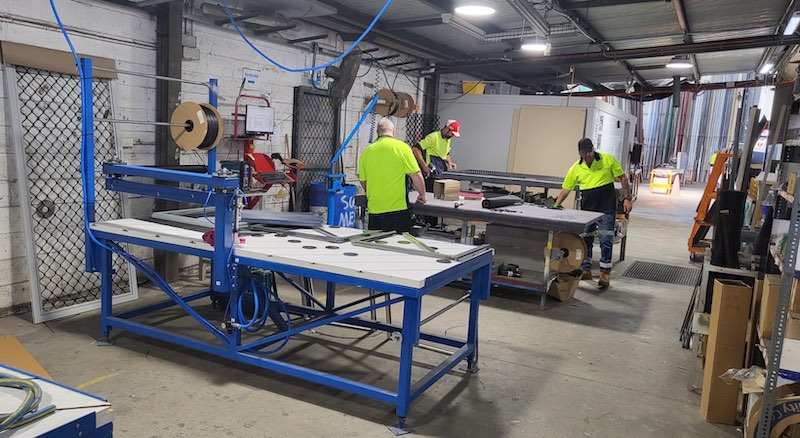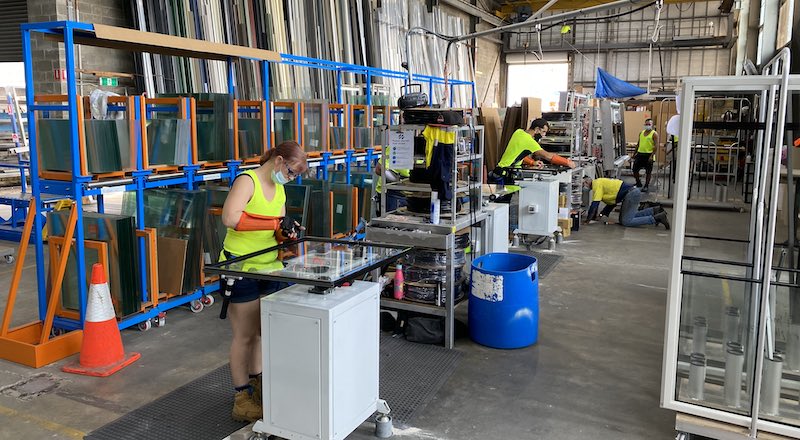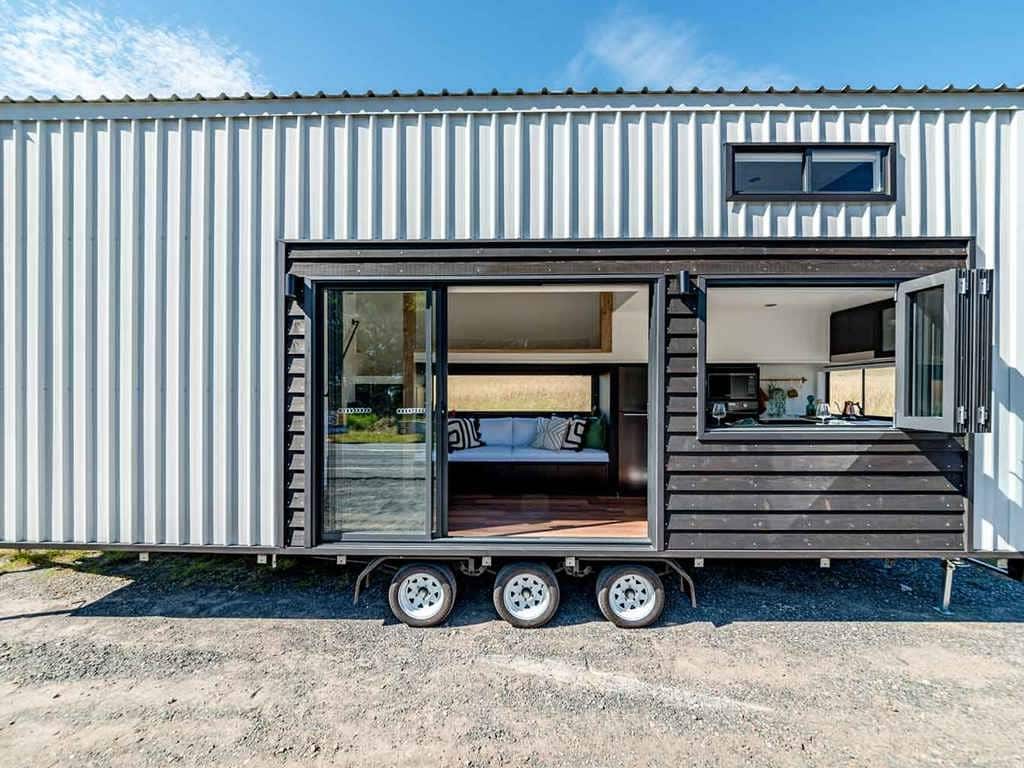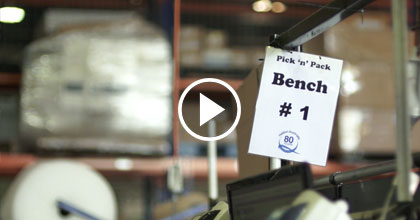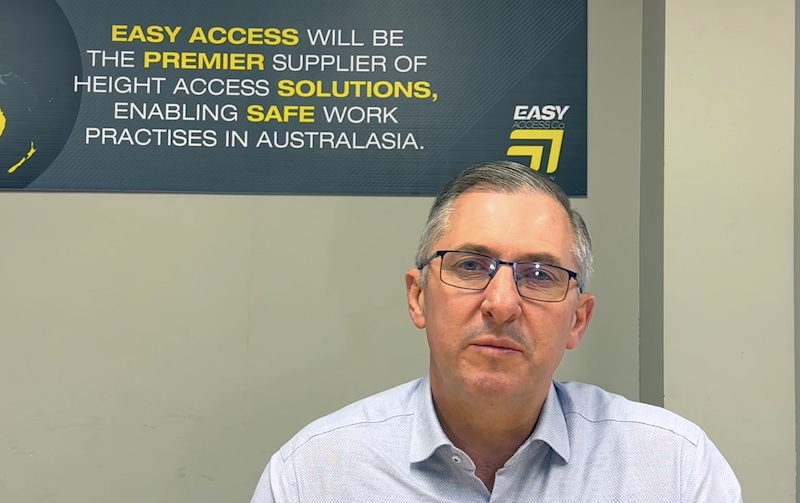Client Advance Metal Industries Australia
Location Coffs Harbour, New South Wales
Optimising Lead Times and Demand Forecasting with a Redesigned Layout
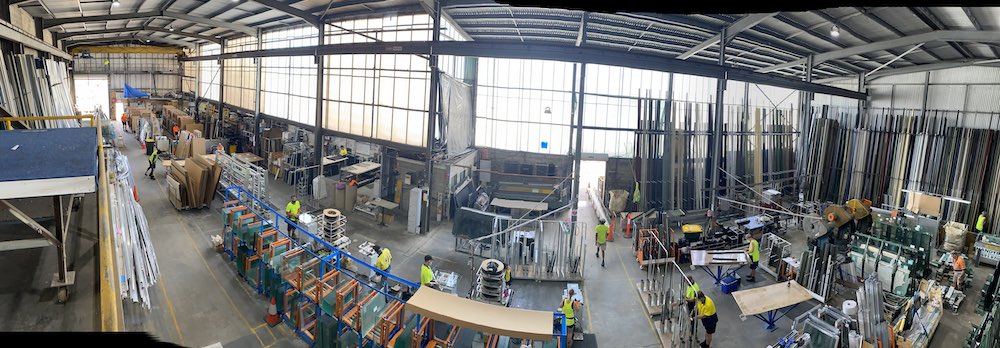
Background
Advance Metal Industries Australia (AMIA) is a leading Australian manufacturer of high-quality metal products, specialising in the production of aluminium and stainless-steel solutions for the building and construction industry employing over 60 people. The company was established in 1984 and has since become a trusted supplier of door and window systems to architects, builders, and contractors across Australia.
AMIA produce a large range of aluminium windows & door systems. They have all their operations under the one roof with fabrication, powder coating and manufacturing happening in the same factory including tube rolling, bending, and welding.
The Challenge
AMIA were looking to double their current product range to support an ambitious growth strategy capitalising on the strong market demand for their products. In support of these targets and product line expansion AMIA had drafted a new floor-plan for their operations including expanding the roofed area of the facility and increasing floor space.
AMIA had also just completed a review with the Department of Regional NSW – Regional Job Creation Fund. The review concluded that AMIA needed to improve their demand forecasting and lead time optimisation. This stemmed from growing pains with manual reporting processes not keeping up with the demand and capacity required to fulfill orders in a timely manner.
The Solutions
The TXM Senior Consultant was tasked with coaching the AMIA team to implement a range of solutions across the AMIA Facility to address their ambitious growth targets. They were tasked with implementing several optimisation techniques including:
- A pulse system was introduced with the aim of reducing batching by implementing supermarkets and focusing on takt times. This system was specifically tailored to suit the operations of AMIA. The goal was to create a smoother workflow by minimising delays and optimising the timing of each task via takt time.
- The layout was strategically planned to facilitate a transition towards one-piece flow. By streamlining the production flow, AMIA aimed to improve efficiency and eliminate unnecessary waiting times.
- To ensure the effectiveness of the pulse system, supermarkets were introduced and synchronized with takt times. Understanding the equipment requirements and cycle times for each process step was crucial in setting up efficient supermarkets that supported the overall workflow.
- The commitment and engagement of the leadership team ensured the success of the pulse system. The team was dedicated to driving systemic change by focusing on the most valuable steps in the process and enhancing these to maximise productivity and quality.
- AMIA implemented several Lean Manufacturing strategies such as line balancing, Kanban systems, and TXM’s Facility Layout Design Process (FLDP) to achieve their increased production targets.
The Results
As a result of these efforts, AMIA witnessed a remarkable improvement in efficiency across the manufacturing operations. The TXM Senior Consultant was able to implement changes contributing to major improvements across the facility:
- AMIA successfully elevated production levels from 87 to a maximum of 164 units per shift.
- Peak season last year proved the line design worked, and with fewer stations manned than originally planned.
- Manufacturing lead times have reduced from 28.5 days to 2 days. Those times are consistently achievable.
- The Leadership team has made transformational shifts in the way the business is discussed and managed.
- The Leadership team are committed to consistency and efficiency.
“Not only do we now have a nice, streamlined factory, we also now have the confidence to pursue larger customers than we ever have previously due to the additional capacity the Lean program has created for our organization.” – Chris Hall, Business Development Director, AMIA

